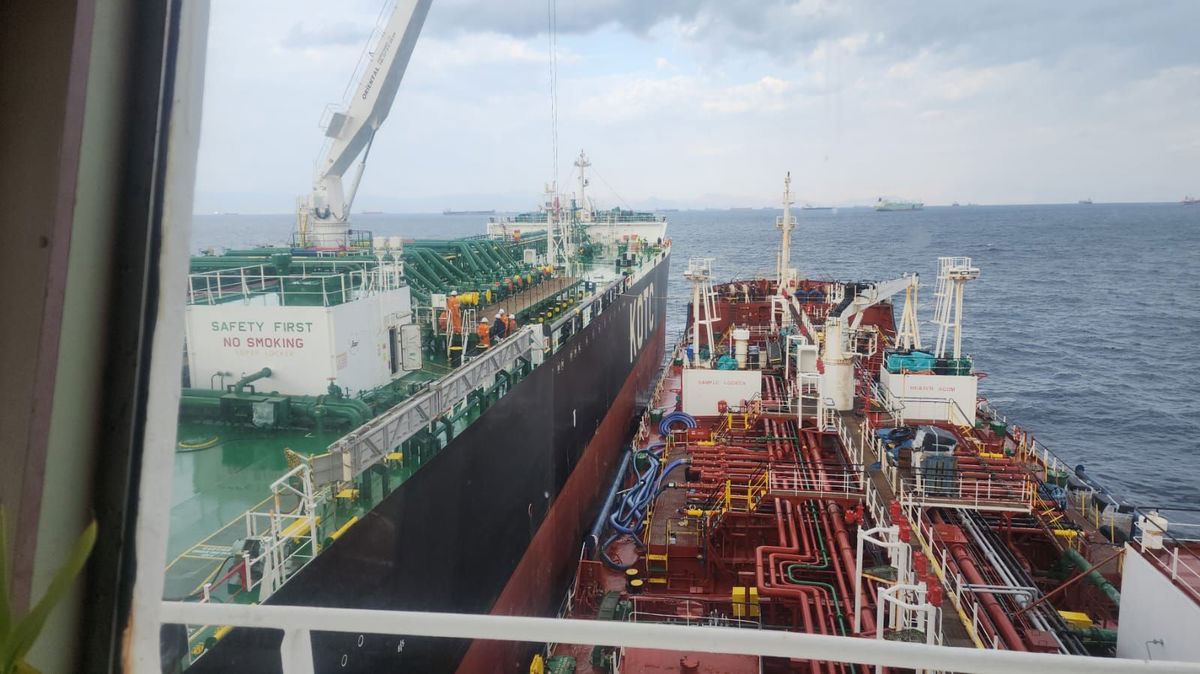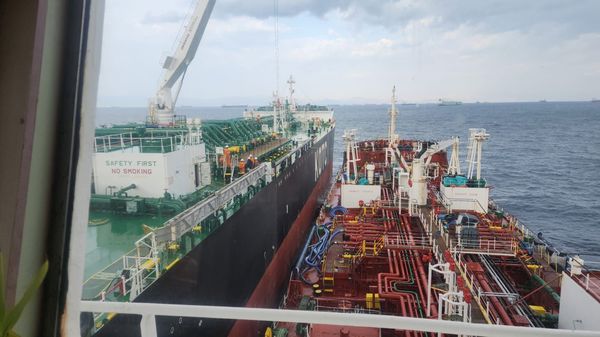SWS-led project gets RINA’s nod for LNG/hydrogen-fuelled vessel prototype
Shanghai Waigaoqiao Shipbuilding (SWS), a subsidiary of China CSSC Holding has received approval in principle (AiP) from the classification society RINA for its LNG-Hydrogen fuelled very large crude carrier (VLCC) prototype.

PHOTO: SWS delivered the world’s first LNG-powered Newcastlemax bulk carrier to Singapore’s Eastern Pacific Shipping in January this year. SWS
The joint project led by SWS includes German engine manufacturer Wärtsilä, technology and engineering firm ABB, and Helbio, a subsidiary of Swedish hydrogen tech firm Metacon AB, among others.
In addition to reducing the ship's resistance by around 5-10%, RINA claims that the "innovative" ship design and propulsion arrangement can help shipowners meet IMO's 2050 carbon reduction targets through practical fuels and technologies available today.
Taking a closer look at the propulsion system, RINA explains that the ship will use Helbio's next-generation gas reformer to combine LNG and steam and produce hydrogen onboard.
Gas reformers split LNG molecules into hydrogen and carbon dioxide (CO2), and the hydrogen will be used to power internal combustion engines and fuel cells.
CO2 is collected from LNG molecules rather than exhaust gases. According to RINA, this serves as a pre-combustion technique that results in a much smaller installation on board and eliminates the “use of chemicals and the penalty in energy consumption.”
This specific design can be adapted to meet increasing emission reduction targets over time, according to RINA's executive vice president Giosuè Vezzuto. As it only requires LNG bunkering, which is widely available, it reduces dependence on alternative fuel availability.
To reduce resistance, the ship design will split the thrust of a single large propeller into two smaller propellers. This results in less power required for propulsion without affecting cargo capacity, says RINA.
“The reduction of ship’s resistance is a paramount step for ships of this size, towards the primary target of reducing the energy consumption on board, and this makes it even easier to reduce GHG emissions. This is a huge step forward in decarbonisation for the global industry and for shipbuilding in China,” says Gao Aihua, deputy director of the R&D Department at SWS.
Earlier this year, RINA gave the green light to the hydrogen-powered MR Tanker conceptualised by Swedish designer FKAB Marine Design using the same LNG-hydrogen technology as the SWS VLCC.
According to Vezzuto, this VLCC AiP proves that gas reforming can work equally well on smaller or larger vessels.
By Konica Bhatt
Please get in touch with comments or additional info to news@engine.online





